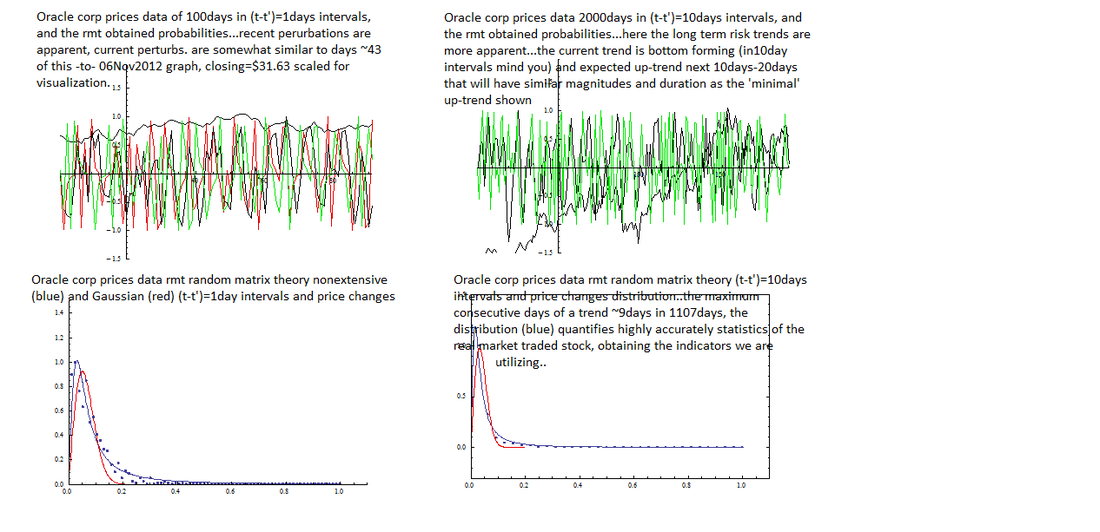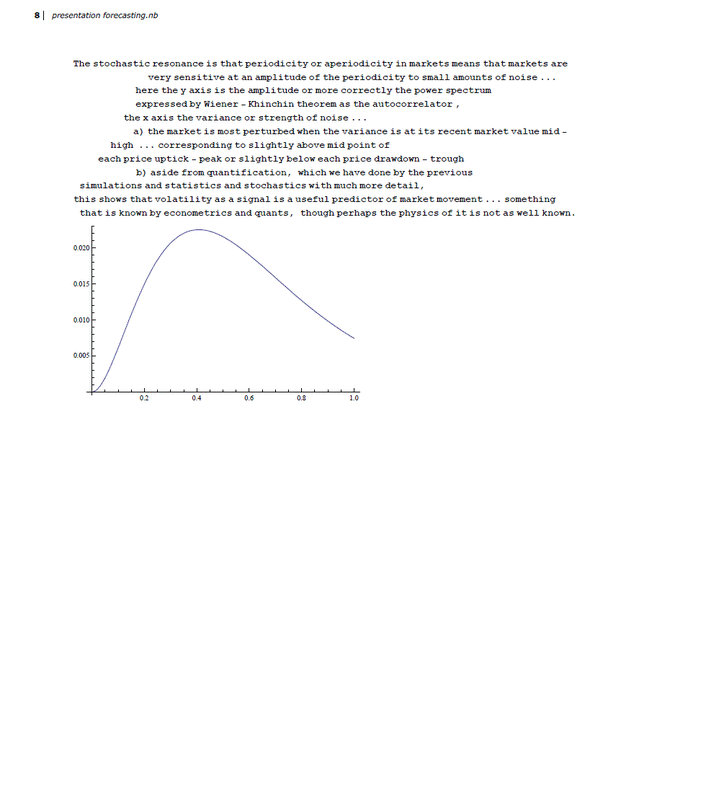Pittnachioff Quantitative Financial Free Week Stock Market Forecast
Post on: 9 Май, 2015 No Comment

Subscribe to Our Newsletter ‘Updates’ For Free!
Dear Readers. are you interested in receiving ‘updates’ delivered to your email box for free.
If you receive benefit from our free forecasts, and you would like to be notified as updates are posted on the free portion of our newsletter, then subscribe simply by filling out our subscriber email form, select from the menu to the left
Update of our LTR long term risk of corrections/crashes 17April2014.
Fig.1. is the graph f the ExcessDemand theory of markets (Michael et. al. 2002, Chowdhury-Dabshih 1998) with data of the RYDEX funds’ NOVA/URSA or Bull/Bear funds, literally voting by dollars! The mismatch between dollars invested in the bullish NOVA fund and the bearish URSA fund is a measure of excess demand, sentiment, confidence and of polarization. Market analysts have utilized the ratio of ursa/nova to estimate this effect of investor confidence before as by moving averages to time peaks (google it!), however we utilize this data as input into the full many-particle physics theory of phase transitions, as we also utilize CBOE put/call options (derivatives), the SVXY/UVXY data sets of prices of ETFs, and as similarly any sentiment and excess demand data set inclusive of investor confidence bull/bear ratios and 2nd tier bid/ask spreads and ratios/differences can be utilized. other data sets utilized can be any consumer confidence (bull/bear) data and proportionately any opposing sets of data relevant to a asset here the full S&P500 and the US economy and noting the increased correlation globally by indices and their economies with the US indices and economy reported elsewhere occurring at higher or increasing levels since the year
2000.
The Blue line is the nova-ursa differences rescaled for visualization to unity, and the red line is the volatility weighted (variance<->Temperature for physicists) ExcessDemand curve graph, this shifted by perturbation by fed monetary policy of interest rates adjustments and QE bond purchase programs as a driving magnetic field like force a-periodic in nature (highest incentives at market bottoms to stimulate recoveries and lowest at market tops to curb bubbles inflation speculation etc..). This shifts the red line up from symmetric to asymmetric and contributes significantly to the ExcessDemand by markets’ investors.
This ExcessDemand then nears +1 at market tops just before a crash ( a large correction if you will) and reduces to near zero -0.2 to -0.3 just as a market bottom following an extended crash or meltdown has occurred.
The graphs are of
15years and
5000 trading days, with the recent S&P500

50% crash of 2008 lasting
1year the large draw down bottoming at days ‘
3800′ in 2009 and the preceding
2000 three year
3years crash bottoming in days’














